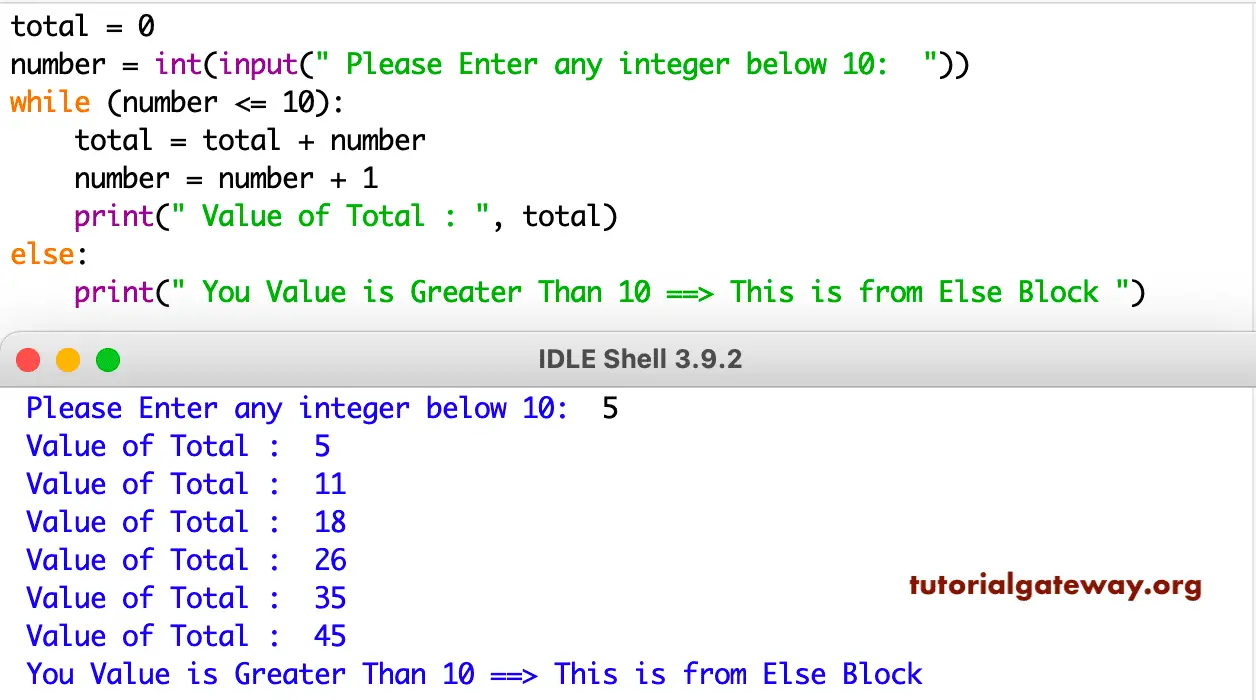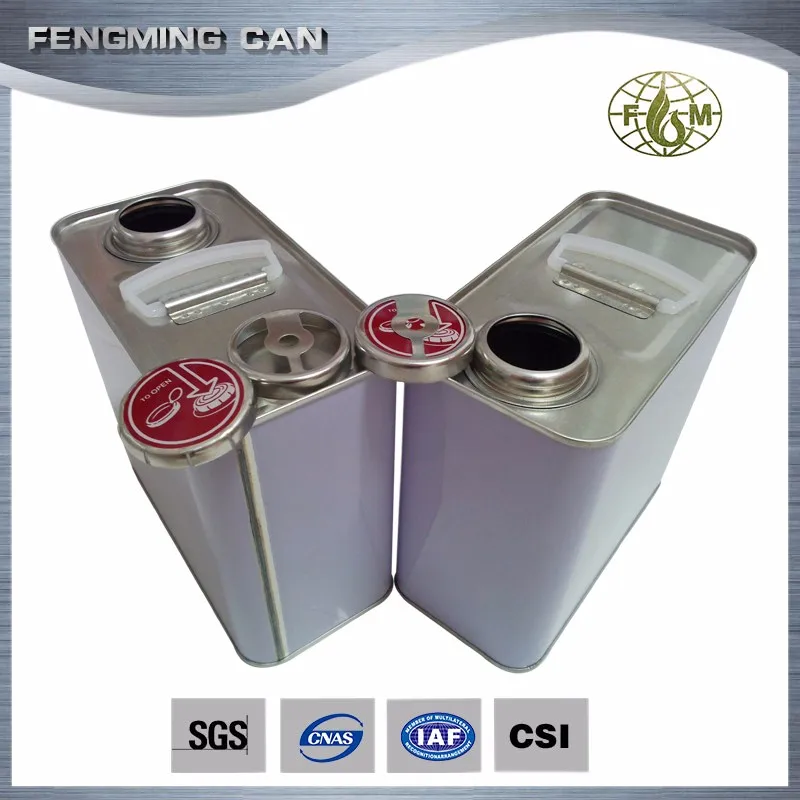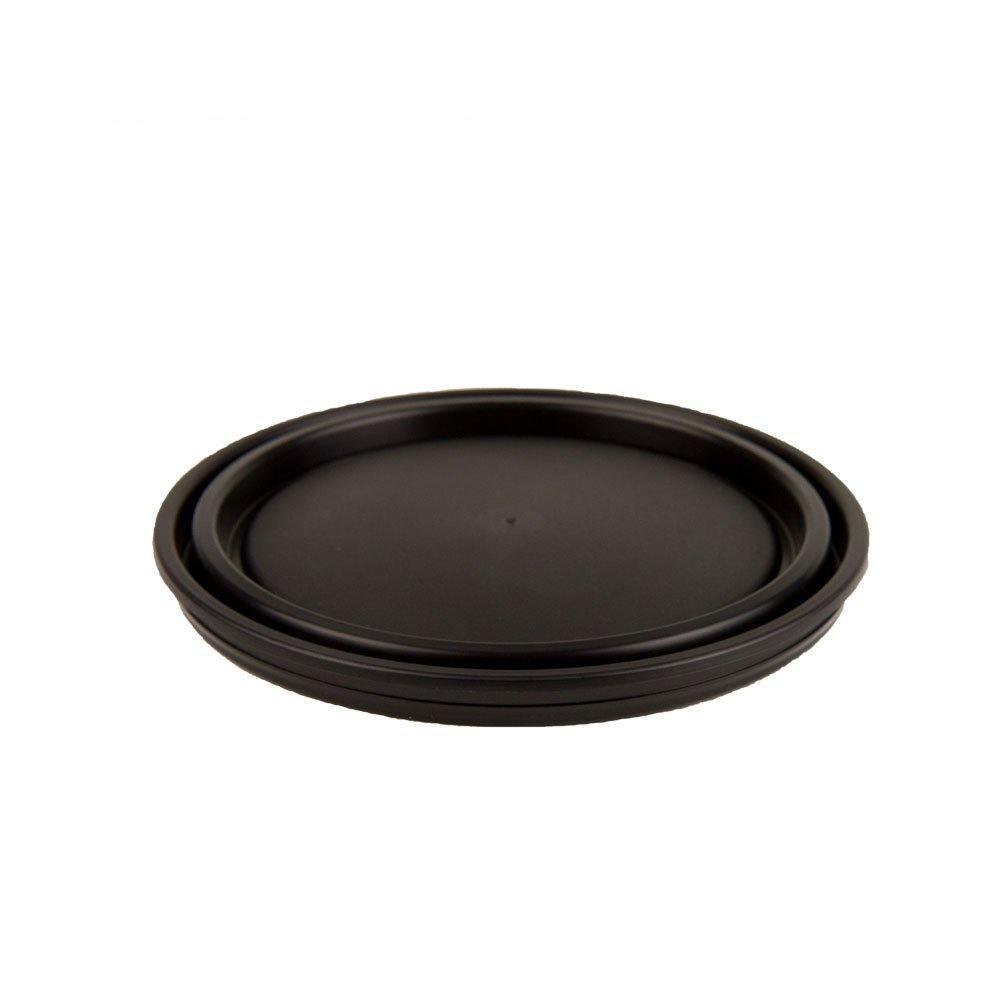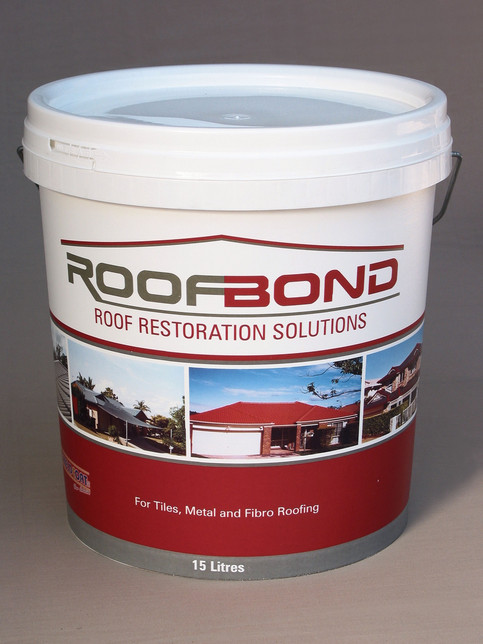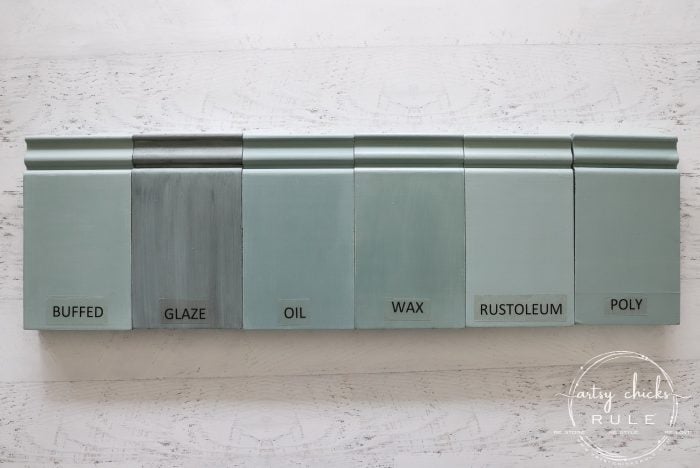The do while construct consists of a course of symbol and a situation. First, the code within the block is executed, after which the situation is evaluated. If the condition is true the code within the block is executed once more. Because do while loops examine the condition after the block is executed, the control structure is often also called a post-test loop. Contrast with the while loop, which tests the condition before the code within the block is executed, the do-while loop is an exit-condition loop. This means that the code must at all times be executed first after which the expression or take a look at situation is evaluated. If it is true, the code executes the body of the loop again. This course of is repeated so lengthy as the expression evaluates to true. If the expression is fake, the loop terminates and management transfers to the statement following the do-while loop. A while loop executes the body of the loop as long as a Boolean situation is true. When the condition is fake, the program exits the loop and continues with the statements that are after the physique of the while loop. If the condition is false the first check, the body of the loop will not execute. In this tutorial, we discovered about while loop in Java. We lined how we will write the syntax of while loop in java together with varied examples. We additionally discovered the means to create empty and infinite while loop in Java.
At first, the program management finds the variable named counter, initialized to 1. It than enters into the while body and executes the assertion inside the loop body, increments the counter to the subsequent worth and rebounds again to the while condition again. This time, the counter has worth 2, which once more is less than 10. The situation is evaluated to true; subsequently, it enters into the while body, executes the statements, increments the counter to its next value, and so on. At some level in the iteration, the worth of the counter might be 11, which is certainly larger than 10; the loop condition evaluates to false and breaks out. These three looping statements are called for, while, and do…while statements. The for and while statements perform the repetition declared of their physique zero or more instances. If the loop continuation situation is false, it stops execution. The do…while loop is slightly totally different within the sense that it executes the statements within its body for a number of occasions. First, we initialize an array of integers numbersand declare the java while loop counter variable i. Since it's an array, we need to traverse by way of all the weather in an array until the final component.
For this, we use the length technique contained in the java while loop situation. This means the while loop executes until i value reaches the size of the array. Loop is usually used when you don't know how many occasions the loop will execute. It is usually used for a input-controlled loop the place the user's enter signifies when to stop. For instance, in the Magpie chatbot lab on repl.it below, the while loop stops when you sort in "Bye". The stopping value is often called the sentinel worth for the loop. Notice that should you kind in "Bye" right away, the loop won't ever run. If the loop condition evaluates to false initially, the loop physique just isn't executed in any respect. Another way to stop the loop prematurely is to place in a return statement that makes it immediately return from the strategy. The do...while loop executes the block of code within the do block once earlier than checking if a condition evaluates to true. Then, the program will repeat the loop so lengthy as the condition is true. In this tutorial, we will find out about while loop java intimately. We will cowl completely different examples and various kinds of while loop java together with an empty and infinite while loop. At the identical time, we may also talk about the usage of break and proceed statements in the while loop and their role in management move. Moreover, we will also the nested while loops and how they actually work by taking completely different examples. The important difference that units the do…while loop apart from both while and for loop is that the for and while loops are meant to execute zero or more times. This means there is a probability that the loop might not execute in any respect if the situation is fake. This makes the physique of the loop execute a minimum of once. A while loop is a control circulate statement that allows us to run a piece of code multiple instances. Like loops in general, some time loop can be utilized to repeat an action as long as a condition is met.
The structure of Java's while loop is similar to an if statement within the sense that they each verify a boolean expression and possibly execute some code. Infinite loops may cause your computer/browser/application to pause due to the continuous executions of the program, and even crash. One way to debug infinite loops is to print out the loop management variable after operating the statements contained in the loop to examine what the trigger of the infinite loop is. To loop over an integer array with a do-while loop, we initialize a neighborhood variable to 0, which is the first array index. The boolean expression exams to make positive that i is lower than the size of the array as a end result of the last array index shall be 1 less than the scale of the array. We also increment the native variable inside the loop physique. Since the do loop executes the loop body first before checking the boolean expression, the code would throw a ArrayIndexOutOfBoundsException if the array was empty. The condition-expression must be a boolean expression and the statements may be one simple statement or a block of a number of statements. Everytime the condition-expression evaluates to true, assertion block is executed. The while loop allows us to specify that a certain assertion is to be executed repetitively till the loop situation is fake. Consider an issue to print ten consecutive numbers from 1 to 10. In loops, the Boolean expression is evaluated before each iteration of the loop physique, including the primary. When the expression evaluates to true, the loop body is executed. This continues till the expression evaluates to false which indicators to exit the loop. If the Boolean expression evaluates to false initially, the loop body is not executed in any respect. Even if the situation is false, the loop is going to be executed at least as quickly as. In this section, we will take a look on the syntax of the java do-while loop and can remedy examples using the do-while loop. While loop in Java could include a single, compound, or empty statement. The loop repeats while the take a look at expression or situation evaluates to true. When the expression becomes false, this system management passes to the line simply after the top of the loop-body code.
Here is a straightforward diagram that explains the while loop java pictorially. In While loop, boolean expression is evaluated earlier than the execution of code. A loop that repeats indefinitely and does not terminate is known as an infinite loop. An infinite loop additionally called as endless loop or indefinite loop. An infinite loop is more often than not create by the mistake, but it does not imply that infinite loop just isn't require or not helpful. A single run-through of the loop physique is known as an iteration. Before every iteration, the loop situation is evaluated and, identical to with if statements, the body is executed provided that the loop condition evaluates to true. In fact, a while loop body is repeated as lengthy as the loop situation stays true – you can think of them as if statements where the physique of the assertion can be repeated. There are a few points which may need some clarification. What happens if the situation is fake in the first place, earlier than the physique of the loop is executed even once? In that case, the body of the loop is rarely executed at all.
The physique of a while loop may be executed any number of occasions, together with zero. What occurs if the situation is true, nevertheless it becomes false someplace in the center of the loop body? It doesn't, as a result of the computer continues executing the body of the loop until it gets to the top. Only then does it jump back to the beginning of the loop and check the situation, and solely then can the loop finish. The Java while loop regularly executes a block of statements till a specific situation evaluates to true. As soon because the situation becomes false, the while loop terminates. Because the while's true/false expression is evaluated before the looping starts, it is a pretest loop. With pretest loops such because the while loop, the program may by no means execute the loop statements. Follow the while(true/false expression) with a single assertion or a block of code. The single assertion or code block is repeatedly executed while the condition is true. Normally, the statements controlled by the loop must have an effect on the situation. In the above example, the managed statements change the value of enter.
If the managed statements never make the situation false, then the loop by no means exits, and the program "hangs" . This is a type of error commonly, if inaccurately, referred to as an infinite loop. Java while loop is one other loop control assertion that executes a set of statements primarily based on a given condition. In this tutorial, we'll focus on in detail about java while loop. When compared to for loop, while loop does not have any fixed variety of iteration. Unlike for loop, the scope of the variable used in java while loop isn't limited throughout the loop since we declare the variable outdoors the loop. The while and do...while loops in Java are used to execute a block of code as lengthy as a particular situation is met. These loops are much like conditional if statements, which are blocks of code that solely execute if a selected situation evaluates to true. Unlike an if assertion, nevertheless, while loops run until a condition is no longer true. We already discovered concerning the while loop, which executes a block of code for so lengthy as a specified situation is true. Another common type of loop you'll encounter is the for assertion, which executes a set number of occasions.
While and do...while loops are conditionally based, and due to this fact it isn't essential to know beforehand how many occasions the loop will run. First, the statements inside the do shall be executed and then the program will verify the situation in the while loop. If the condition is false, the loop won't execute for the second time but if the situation is true the do statements will again execute. When we need to repeatedly execute a block of statements. The two most essential types of loops are the while loop and the for loop. While loop in Java is a management flow statement that allows code to be executed repeatedly based mostly on a given Boolean condition. The while loop can be thought of as a repeating if statement. There are three sorts of loop statements in Java, every with their own advantages – the while loop, the do-while loop, and the for loop. One way to truly harness the ability of an infinite loop is to make use of it in a menu. Examples embrace menu screens for video video games, or times when you should constantly allow the person to add input or make a selection. Another possibility is for a process that might monitor performance; one thing small that may continually run within the background and only finish when the pc shuts off. Technically this really is not infinite, but the condition evaluates to true almost on a daily basis. The notorious infinite loop has been a difficulty in programming since the daybreak of time. Infinite loops occur when a developer creates a loop routine that executes endlessly.While loops are notorious for this, as they state,while X, do X.
Even something as easy as a misplaced semicolon added to the while assertion can set off an infinite loop. These are typical examples of unending or infinite loops. Infinite loops are sometimes widespread errors in a program. The first stumbling block once we begin learning any programming language is the idea of loops. And, control statements provide the way to maneuver the move of this system into completely different directions which are linear otherwise. A loop is a sort of control statement which encircles the flow for a while—something like the vortexes in a river stream. This article describes the concept behind looping in Java and the various forms of loops. This implies that if we had a press release like while, the block of code would execute indefinitely . This is recognized as an infinite loop and is to be averted unless we have a means of breaking out of the loop - sometimes with a break assertion. They are used to repeat a sequence of statements an unknown number of instances. This type of loop runs while a given situation is True and it solely stops when the situation turns into False. The while loop will test the expression inside the parenthesis. If the Boolean expression evaluates to true, the body of the loop will execute, then the expression is evaluated again. The program will proceed this process till the expression evaluates to false, after which level the while loop is halted, and the the rest of this system will run. The while and do...while statements in JavaScript are just like conditional statements, which are blocks of code that can execute if a specified situation leads to true. Unlike an if statement, which solely evaluates as soon as, a loop will run a quantity of instances until the condition not evaluates to true. Our loop counter is printed out the final time and is incremented to equal 10. This time, nonetheless, a model new iteration can't start as a result of the loop condition evaluates to false.
When a while loop exists inside the physique of another while loop, it is recognized as nested while loop in java. Initially, the outer loop executes once and the afterward inside loop begins to execute. Execution of the inner loop continues till the condition of the inside loop is happy. In this part, we will have a look at the java nested while loops and can clear up examples as well. The break keyword is a command that works inside Java while loops. When the break command is met, the Java Virtual Machine breaks out of the while loop, even when the loop situation continues to be true. No extra iterations of the while loop are executed as soon as a break command is met. This is beneficial when we wish to cease the loop when a sure condition meets. See the example under, which stops the loop even the preliminary situation is true all the time. Notice that we increment the num contained in the situation which is okay. The above empty loop will be executed until the situation turns into false.









